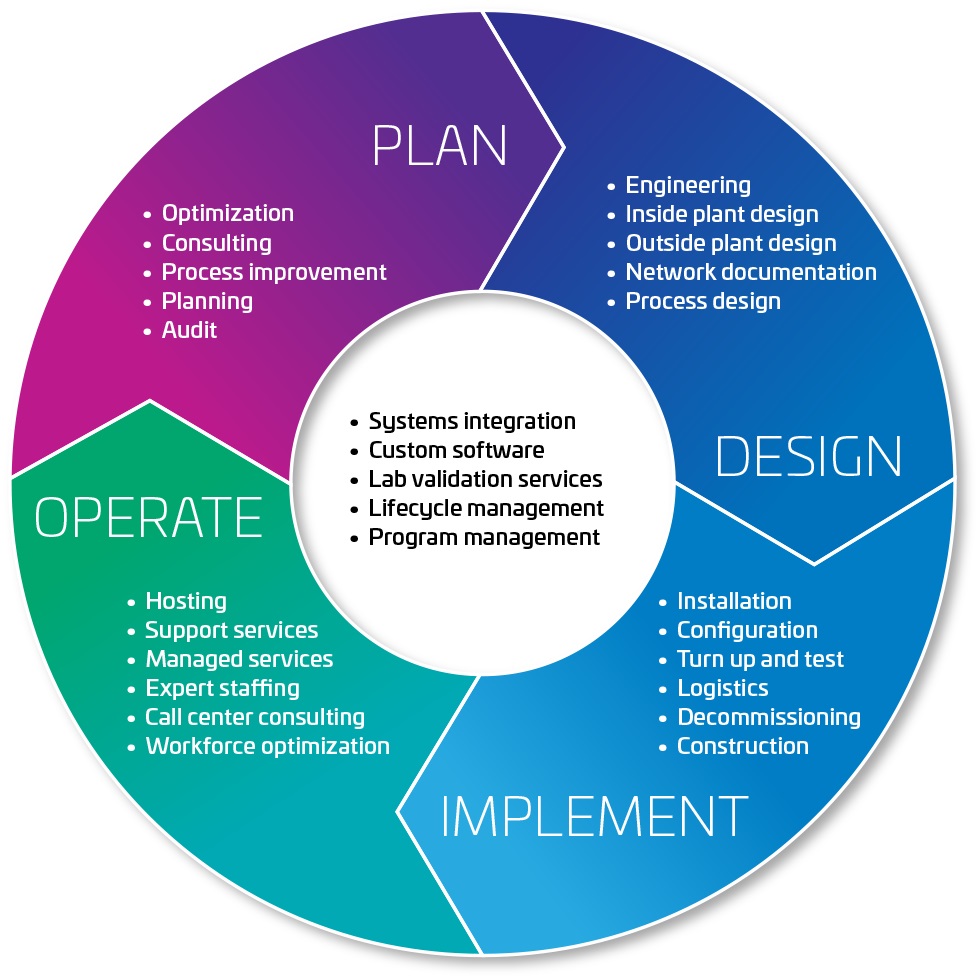 This blog post is part of a series called “CommScope Definitions” in which we will explain common terms in communications network infrastructure.
This blog post is part of a series called “CommScope Definitions” in which we will explain common terms in communications network infrastructure.
In the “Internet of Things” (IoT), a multitude of sensors, meters and other machines are connected to a network to create more value and efficiency across a host of applications. These machine to machine (M2M) connections are adding to the data load put onto networks, creating capacity, latency and power issues, just to name a few.
For example, sensors are being deployed throughout a building to report on heating, lighting and other ambient conditions. In a much more complex scenario, a surgeon could perform an operation remotely using a robotic arm and sensors in the body to give a precise location for the incision. Connected cars, homes, offices and even cities are also benefitting for IoT technology.
An open question regarding IoT networks is how much capacity and latency these connected things will require. It is unlikely that connected parking meters will hog as much bandwidth as a person streaming video wirelessly, for example. Simple IoT devices will send the equivalent of a text message or two.
Other IOT applications will have significant latency requirements such as a collision avoidance system in an autonomous vehicle, which needs a one millisecond latency to be effective. Other applications, although not driven by latency issues, will come along to drive additional bandwidth needs.
In addition to capacity and latency concerns, IoT must also deal with the challenge of power. All IoT sensors and devices need power from the electric grid or batteries. Having enough reliable, cost-effective energy is one more challenge to overcome.
The bottom line with IoT is that it is still emerging. Different network requirements will likely emerge based on different applications. The exact uses for IoT still need to evolve and work their way into 5G architectural requirements.
Key Takeaway:
In the “Internet of Things” (IoT), a multitude of sensors, meters and other machines are connected to a network to create more value and efficiency across a host of applications. IoT is still evolving, but will likely involve different network requirements based on the different applications. It is almost certain that future networks will need to support IoT technology.
Related Resources:











